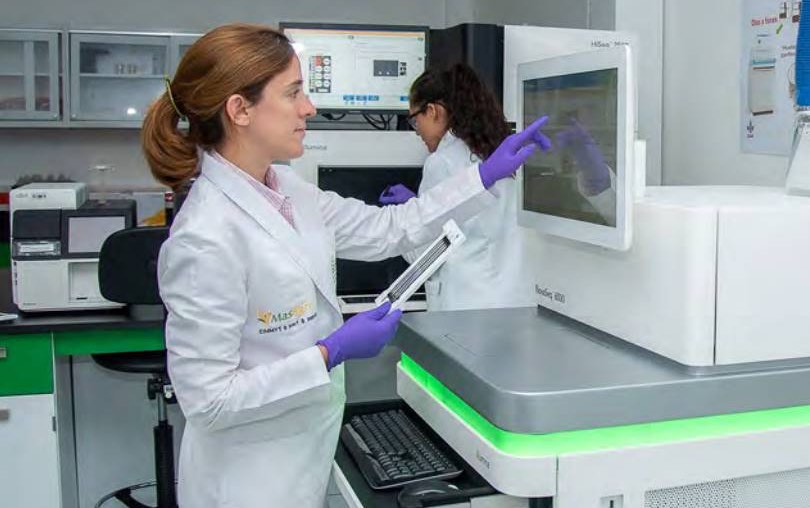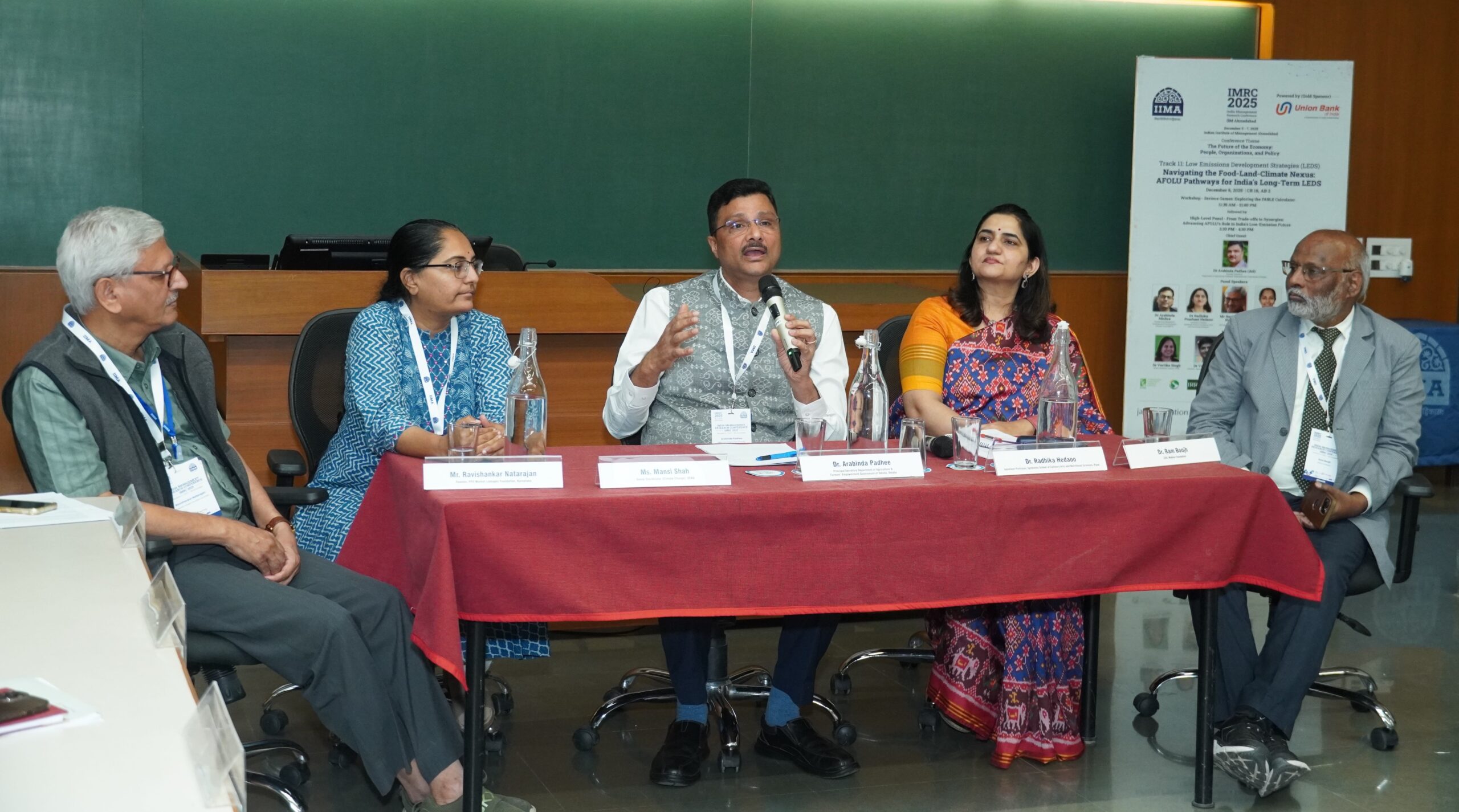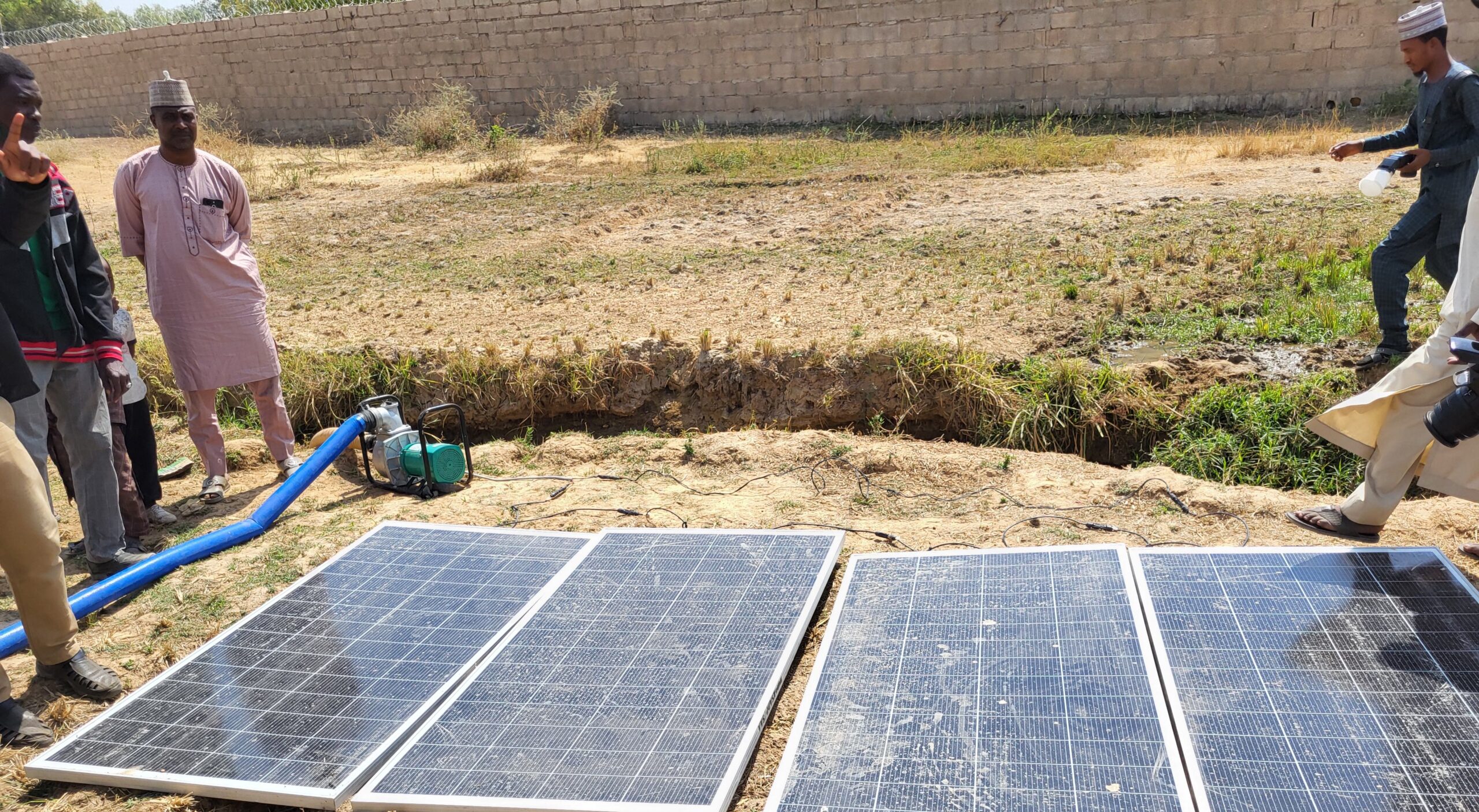Genetic engineering (GE)—the introduction or change of DNA, RNA or proteins by human manipulation to effect a change in an organism’s genome—has thus far delivered a very limited range of products to agriculture—principally pest- and disease-resistant crop varieties. But this is about to change. A much broader range of applications is becoming available, including new options to enhance disease and pest resistance, nutritional quality, and the ecological sustainability of cropping systems.
The technologies include gene editing (site-specific changes to DNA in a genome), gene drives (greatly enhancing or reducing the frequency of genes that affect insect or pathogen reproduction) and synthetic biology (re-designing or constructing biological devices, e.g. chromosomes or organelles).
In a new review paper in the Annual Review of Phytopathology, we describe these emerging GE technologies to control plant pests and diseases, and focus on their applications for problems of importance to resource-poor farmers such as viruses of cassava, Striga parasitism of maize, and aflatoxin contamination of groundnut.
These technologies have proven effective for controlling bacterial, fungal, and viral plant pathogens, as well as some of their insect vectors. For example, GE approaches to control cassava brown streak disease and cassava bacterial blight—for which there are few or no known sources of resistance—appear on track to convert current susceptible cultivars to resistant. Gene editing is of particular value for creating improved versions (e.g. disease-resistant) of clonal crops, such as cassava, because it avoids the use of conventional crossing, which introduces 50 percent genetic contribution from the donor (e.g. disease resistant) parent, and then “reshuffles” the newly created genome, making it impossible to recover the genotype and varietal characteristics of the original (susceptible) variety.
In another case, three resistance genes for potato late blight were “stacked” or jointly incorporated to the potato genome. The resultant variety required only one spraying with fungicide, as compared to current practice of spraying 15-20 times per season for susceptible varieties. Not only did this approach reduce the likelihood that the pathogen fungus may evolve resistance, but it also offered large economic benefits to farmers and environmental benefits to society.
Gene drive technologies, which are being designed to be geographically confinable and recallable, may offer opportunities to control insect vectors of plant disease, such as the Asian citrus psyllid that transmits the causal pathogen for citrus greening, and some agriculturally important weeds. Synthetic biology, still in its infancy, could create plants that are immune to invading viruses by making the viral genome untranslatable by the host plant, for example.
While we do not advocate for or against any of the potential uses of GE technologies for crop improvement, their existence is a fact and raises an important question: How to ensure that benefits reach resource-poor farmers and consumers in low- and middle-income countries—who are typically not the beneficiaries of private research investments?
The international and national public sectors will need to play key roles in ensuring the research and development of GE crop technologies, as well as their transfer to farmers, particularly resource-poor farmers in low- and middle-income countries.
Research and development (R&D) present a particular challenge. Private sector investments in the United States in GE crop development have been robust. But public expenditures in many high-income countries have stagnated or begun to decline. In low-and middle-income countries the picture is mixed. China, India, and Brazil have greatly increased their public agricultural research capacity and agricultural output, while public R&D investments have declined in Africa South of the Sahara.
The potential benefits from GE crop technologies, and their equity in use,
are influenced by complex, interacting forces.
Weak R&D capacity and public investment in many countries raises questions about many countries’ abilities to develop and deliver high-quality GE technologies and realize their benefits.
Intellectual property (IP) regimes raise another issue. In the U.S. and elsewhere, innovations are increasingly protected by IP rights. Such restrictions, combined with the rise in private investment, suggests a public policy shift toward the private sector—and one concern is that the private sector is likely to invest mainly in major crops with major traits, so work on minor, perennial, clonal, or staple food crops of lower-income countries may suffer.
The complex and potentially costly nature of complying with biosafety regulations is another potent international force shaping the distribution of GE technologies. It may strongly influence which institutions undertake GE R&D and therefore which traits and crops are studied; many countries are still deciding whether and how they will regulate these products.
Finally, civil society concerns regarding GE technologies and how or by whom they are deployed add important considerations to the complex questions surrounding the use of GE products.
Realizing the potential benefits of GE crop technologies for all—particularly farmers in low- and middle-income countries—depends on more than individual innovations. It will require strategic investments and the development of policies governing research, IP regimes, and regulatory frameworks that ensure access, while also addressing legitimate societal concerns about their responsible stewardship and agroecological sustainability.
Kevin V. Pixley is Genetic Resources Program Director at the International Maize and Wheat Improvement Center (CIMMYT); Jose B. Falck-Zepeda is a Senior Research Fellow with IFPRI’s Environment and Production Technology Division (EPTD).
Funding for this paper was provided by the CGIAR Research Programs on Maize and Wheat; and the BioRAPP project, cofunded by the Bill & Melinda Gates Foundation, the U.S. Agency for International Development, and the CGIAR Research Program on Policies, Institutions, and Markets (PIM) led by IFPRI.







